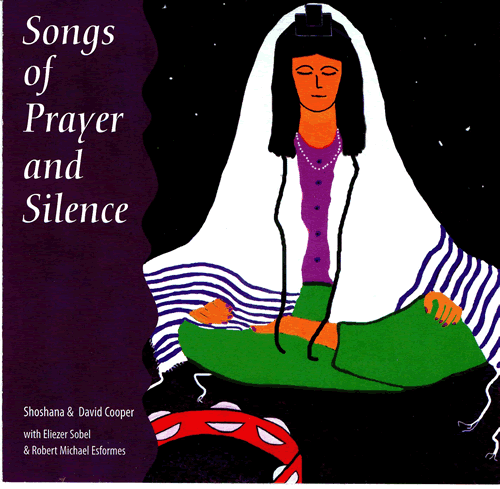1170
The Niggun as a Spiritual Practice: A niggun is a wordless melody that can be chanted repeatedly. In days past, well known rabbis would often spontaneously create a niggun that in its own way communicated a powerful emotion, and perhaps even a teaching. Some of these niggunim (pl) captured the imagination for the students of a teacher and became associated with that rabbi. Thus there are numerous melodies that can be identified as “teachings” of specific rabbis.
In our time the most prolific creator of famous niggunim was Rabbi Shlomo Carlebach. He actually created thousands of melodies, dozens of which are recorded. We have recorded sound bites of a dozen niggunim, most of which are associated with Reb Shlomo. If you learn a couple of these, you probably will make a big hit at the next Sabbath dinner you attend, for these melodies cut across all denominations of Judaism and can be heard in Reform, Reconstructionist, Conservative and Orthodox homes. Pick the ones you like and repeat them until you know them.
The following niggun was written by our friend Eliezer. If you come up with a good niggun, send it on and we may add it to the list. The following ten Niggunim are very short and only available through this website. When normally sung, a niggun often lasts for many minutes until it reverberates in the heart. To hear about a ten minute medley of short niggunim, go to Songs and Chants on this website and click 1171.



















